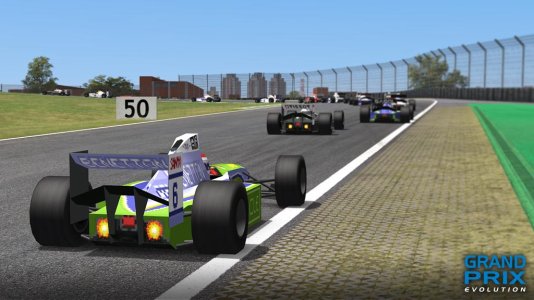Hello all,
I have recently upgraded my rig from Fanatec V3 pedals to the wonderful Heusinkveld sprints. I must say I am extremely happy with the upgrade, the only feature that I found myself missing was the integrated rumble motors that were included on the V3 pedal and brake. I was a huge fan of this functionality for detecting brake lockups and wheel slip. I then recalled seeing AMstudio (youtube channel dedicated to sim racing mods) create a rumble mod for a set of G920 pedals. I figured this same technique could be used for my new HE pedals. I have just finished setting everything up and I am extremely happy with how it turned out. I figured I would share my experience with the community for anyone interested in doing the same.
Credit: AMstudio (I highly recommend checking out his channel if you have not heard of him. Plenty of great ideas!)
Video where I got the idea: G920 Rumble Pedals
I have recently started working with Fusion360 to make small one off part mods for my sim rig. This was my first venture into making an entire project box and all related mounting hardware for this project. I ended up using the following hardware / software.
- 2 x xbox 360 rumble motors (Removed from old controllers I had).
- 22awg wire of various color for easy identification.
- 1 x Arduino UNO R3.
- 1 x Arduino motor shield v2.
- DC Power Female Socket with Lock Washer.
- 12v AC power cable.
- Soldering iron.
- Various lengths and sizes of heat shrink.
- Heat gun.
- USB A cable.
After I had everything wired and mounted to my satisfaction I used the built in Arduino tool within Simhub to write a sketch. I then proceed to setup the same shakeit profile that I had used previously with my Fanatec V3's. So far everything is working great. Curious to see if anyone has completed a similar mod, previously I had seen use of speakers to achieve what I assume is a similar response. I decided to go this route however as I had a lot of the hardware and all said and done cost me about $50/usd. Thanks for any feedback! Please keep in mind this is my first full 3d model / print implementation so I understand it's not perfect .
.





I have recently upgraded my rig from Fanatec V3 pedals to the wonderful Heusinkveld sprints. I must say I am extremely happy with the upgrade, the only feature that I found myself missing was the integrated rumble motors that were included on the V3 pedal and brake. I was a huge fan of this functionality for detecting brake lockups and wheel slip. I then recalled seeing AMstudio (youtube channel dedicated to sim racing mods) create a rumble mod for a set of G920 pedals. I figured this same technique could be used for my new HE pedals. I have just finished setting everything up and I am extremely happy with how it turned out. I figured I would share my experience with the community for anyone interested in doing the same.
Credit: AMstudio (I highly recommend checking out his channel if you have not heard of him. Plenty of great ideas!)
Video where I got the idea: G920 Rumble Pedals
I have recently started working with Fusion360 to make small one off part mods for my sim rig. This was my first venture into making an entire project box and all related mounting hardware for this project. I ended up using the following hardware / software.
- 2 x xbox 360 rumble motors (Removed from old controllers I had).
- 22awg wire of various color for easy identification.
- 1 x Arduino UNO R3.
- 1 x Arduino motor shield v2.
- DC Power Female Socket with Lock Washer.
- 12v AC power cable.
- Soldering iron.
- Various lengths and sizes of heat shrink.
- Heat gun.
- USB A cable.
After I had everything wired and mounted to my satisfaction I used the built in Arduino tool within Simhub to write a sketch. I then proceed to setup the same shakeit profile that I had used previously with my Fanatec V3's. So far everything is working great. Curious to see if anyone has completed a similar mod, previously I had seen use of speakers to achieve what I assume is a similar response. I decided to go this route however as I had a lot of the hardware and all said and done cost me about $50/usd. Thanks for any feedback! Please keep in mind this is my first full 3d model / print implementation so I understand it's not perfect



















